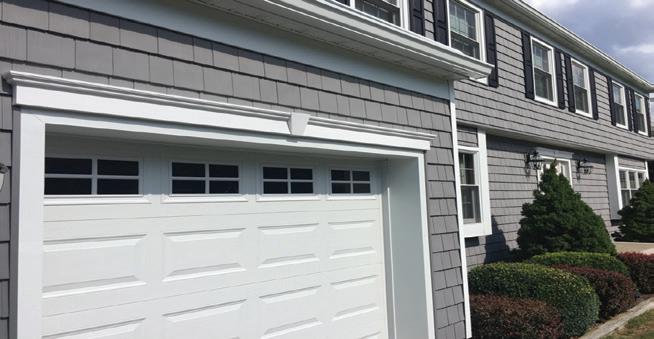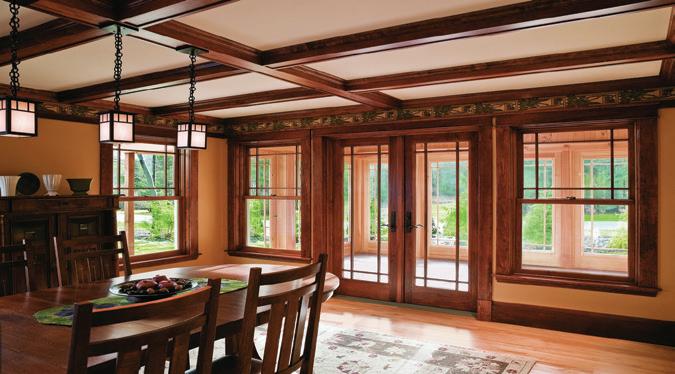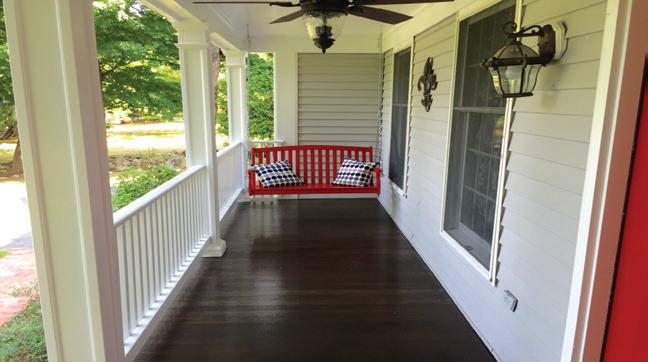







If your concrete porch and patio surfaces are plain, ugly or in disrepair, you may assume the only solution is to hire a contractor for a complete overhaul.
The truth is that you can resurface these spaces with minimal DIY experience in just a few days. Here’s how:
As with any project, the key to success is preparation.
First, pressure wash your surface, allowing it to thoroughly dry.
Then use a durable repair product, such as Rock Patch, to fill in cracks, pits and holes. Impact-, moisture-, salt- and mold-resistant, this odorless, hard stone compound can patch flaws or function as a smooth new base. Because it doesn’t dry quickly like concrete, you can take your time and apply the product slowly.
While the normal cure time is 24 hours, you’ll want to increase your dry time when applying the product in damp, cool conditions, or if applying a very thick coat.

Give your space a huge upgrade by applying a new surface with a DIY product. The real stone surfaces available from Daich Coatings, for example, will improve the look of your porch or patio while enhancing the functionality of the space, and there are many options to choose from, depending on the amount of skill you have and the time you want to invest.
The brand’s Terrazzo Decorative Granite Resurfacer has a unique formula offering a seamless overlay that is both attractive and functional, whereas its RollerRock’s self-priming formula means one less step, for instant color and beauty and an attractive textured finish.
Want to get creative? Consider the allin-one SpreadStone kit, which includes a pre-mixed primer, base coat, accent coat, clear sealer, stone texture roller and grout line stencil tape.
While this process takes a little time, it’s easy to do and will allow you to design a stunning decorative stone surface that
will stand up to extreme weather.
Finally, the SpreadRock Granite Stone Coating is easily applied in a thin uniform layer using a scraper, trowel or flooring squeegee for dependable durability and a visual effect that is timeless and stunning.
Finalize your porch or patio pick-meup in one step by applying a sealer with anti-slip benefits. TracSafe Anti-Slip Sealer from Daich Coatings is not only a high performance clear coat that will strengthen and protect your new surface, it will help keep family members and visitors safe from falls and mishaps.
In fact, its commercial-grade anti-slip ratings are up to twice the OSHA standard and its high-performance, odorless water-based technology bonds firmly to all types of flooring materials.
With just a little effort and minimal expense, you can resurface your porch and patio for a total transformation of your outdoor spaces.
— StatePoint



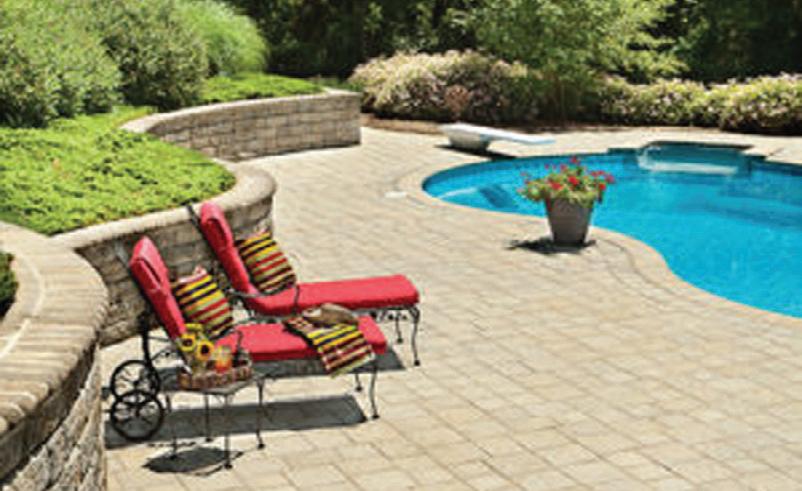



























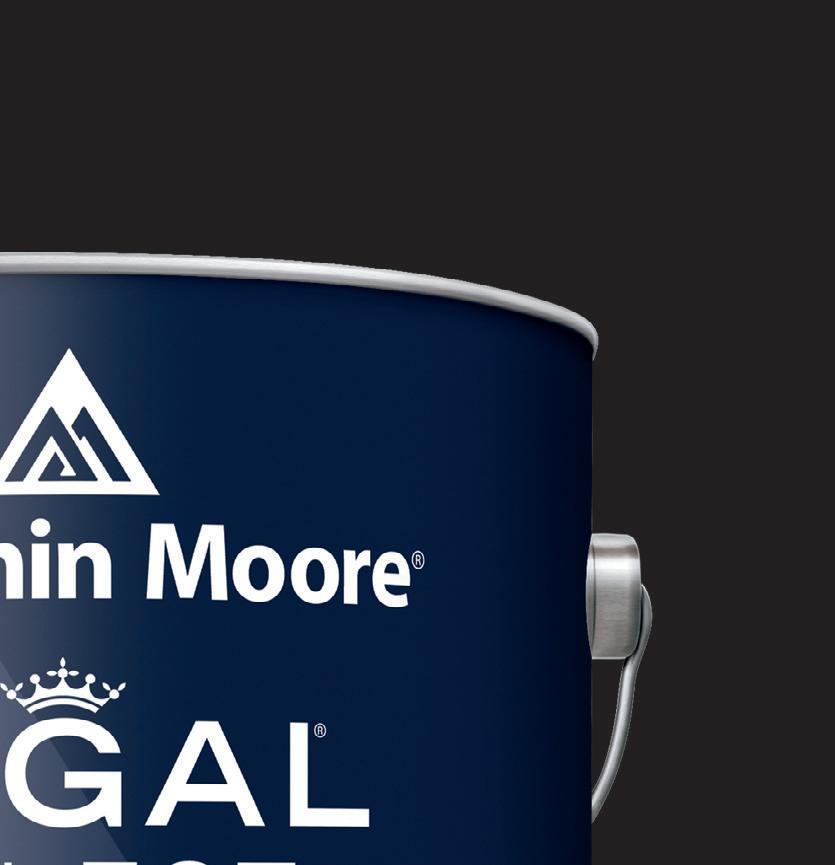







































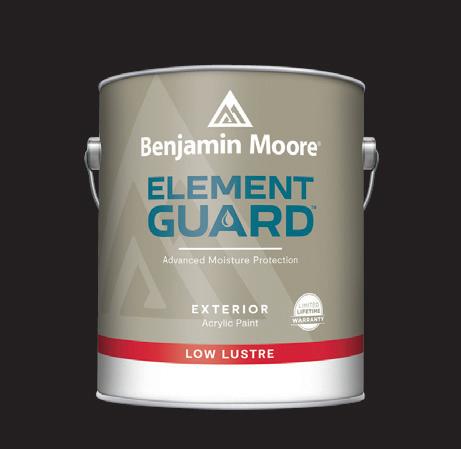














It’s a common misconception that once fall rolls around, perennials simply go dormant and don’t require maintenance until spring. But, fall is actually the perfect time to show perennials love.
In a recent Backyard Smart video, the lawn and garden experts at Exmark give the lowdown on prepping perennials for cold weather so you can enjoy beautiful blooms come spring. Here’s what to know:
When plants become overcrowded, they compete for essential resources like water, air, and nutrients, which can hinder their growth. Dividing perennials helps distribute plants across your yard, maintaining a healthy size, preventing overcrowding, and reducing the risk of disease.
When to Divide Perennial Plants: Generally, fall’s the best time to divide perennial plants that bloom in spring and summer. (Conversely, spring’s the best time to divide fall-blooming plants.) But if you’re planning on dividing in fall, don’t wait too long!
Get outside about four to six weeks before the ground freezes, or else your plants will be in for a rough winter. Careful! Not every perennial needs to be divided every year. Most need it every three to five years, and some don’t need it at all.
Do your research before you begin.
Make the necessary preparations to ensure your perennials properly take to their new homes. First, thoroughly water your plants a day or two beforehand and cut them back so you can clearly see what you’re dealing with. Then, head out on a cloudy, dry day and get to work.
Dig up plants around the roots and gently lift them out of the ground, knocking away loose dirt and debris. For best results, dig outside the outermost part of plants that water drips from.
You can either gently pull apart the roots with your hands, cut into them with a knife or spade, or use two gardening forks to wedge plants in half.
Various perennials have different roots systems, so read up on the best method for the species.

You can typically get four to six new sections from a single plant. Just make sure each division has three to five shoots and a substantial, healthy root system. Afterwards, you’re free to plant your new divisions, rearrange existing beds, or share new plants with family or friends!
Even if you’re not dividing your perennials, it’s good to get one last thorough watering in before the first freeze.
Leading up to that point, gradually wean perennials from regular watering to monthly watering throughout fall.
The general rule of thumb is to cut perennials back once they start to fade. However, there are exceptions.
Some perennials should be left alone. Make sure you know what’s in your garden before beginning.
Once plants are situated, it’s time to layer up. Clear off old mulch so that the soil is exposed, and remove any weeds or grass peeking through.
Then, spread on a 1-2-inch thick com-
post layer, followed by an equally thick mulch layer. The compost will gradually break down and release nutrients, promoting better root growth, better soil pH and hardier plants come spring. The mulch provides insulation while protecting soil from erosion and compaction.
Cold weather doesn’t necessarily mean pests take a break from making a meal of plants. Many—such as slugs—will chow down on anything your garden has to offer, so stay attentive!
Before mulching, lay down slug bait to send them packing.
To view the video, visit Exmark’s Backyard Life, a multimedia destination that provides tips on everything from gardening to outdoor hosting at backyard.exmark.com.
“Perennials make every garden pop, providing beautiful blooms year after year. Spend some time this fall making your springtime even brighter,” says Jamie Briggs, director of marketing at Exmark.
StatePoint





With the frequency of natural disasters on the rise, it’s a good idea to think about the components of your house and whether they are built to withstand wicked weather. Fortunately, manufacturers are creating home building products that are stronger and more reliable in the face of hurricanes, wildfires and other disasters. Here’s how you can take advantage of these innovations:
If you’re building a home or re-roofing your current property, be sure to talk to your contractor about what roofing products they are using, and ask about innovative steel products best-suited for your region. Whether you live in a hurricane-prone coastal community or in the path of wildfires, steel roofing can offer additional protection for your home. Steel roofs are noncombustible, have wind-resistant components and can help mitigate the risk of fire damage from chimneys, fire pits or wildfires.
In particular, U. S. Steel’s COASTALUME steel is engineered and warranted for coastal environments to bring an enhanced level of performance and protection against high concentra-



tions of ultraviolet rays, excessive heat and rainfall, sea salt spray and hurricaneforce winds. COASTALUME combines Tedlar PVF film, which offers improved flexibility and impact resistance with licensed GALVALUME steel, which provides excellent long-term durability, strength and corrosion resistance to protect a building’s roof and walls for decades. To learn more, visit ussteel.com.
For optimal protection, you’ll want to ensure that your windows exceed your state and county’s strictest codes and requirements and are made from materials that will not only make a big difference during weather events, but also improve your everyday comfort and safety. For example, hurricane-impact windows that can withstand high-speed impacts typically offer more soundproofing than standard windows, dimming the roar of your neighbor’s early morning lawnmowing. They also make forced entry more difficult, providing an additional layer of security. And for those in wildfire prone areas, dual pane tempered glass windows provide protection against flames and embers
while offering enhanced insulation, a great benefit in extreme temperatures.
Just as your house’s exterior can benefit from the right materials, so too can your interiors. If you live in a coastal or other flood-prone area, traditional hardwood flooring is probably not the right choice for your ground floor or basement,
as it can be prone to mildew, mold and warping. Instead, opt for newer flooring material options, such as vinyl meant to mimic the look and feel of real hardwood or engineered hardwood, made of composite materials with a thin, treated hardwood layer. Likewise, fire-resistant flooring can reduce the spread of flames through your home.









liliana_crispino.houzz.com lilianacrispino@gmail.com



an accessory dwelling unit to your property can increase the value of your home, become a source of rental income, or help you expand your living space for your adult children or parents.
ADUs are often known as in-law apartments, granny flats, carriage houses or secondary suites. According to Freddie Mac, here’s why investing in adding an ADU may be worth it:
The basics: An ADU is a smaller, independent residential structure built on the same lot as a single-family home. To qualify as an ADU, the additional living area needs to include a kitchen, bathroom and separate entrance. Common examples include a dwelling over a detached or attached garage, a suite above the main floor of the home, a basement apartment, or a detached structure such as a guesthouse or backyard cottage.
The benefits: Building an ADU on your property may contribute to the supply of affordable housing in your area, but it also has a wealth of benefits for you, the homeowner. It can boost the value of your home by as much as 35%, and become a potential source of extra income if you rent your
ADU to a tenant. An ADU can also make for a great home office, guest house or workshop, or be a good solution if your adult children are returning to live with you, or you are the caretaker to aging or disabled relatives.
Eligibility: Before adding an ADU to your home, you will need to learn about the zoning codes that apply to your property. Ordinances and policies vary by location and change frequently. Make sure you understand any federal, state or local laws involved with renting your ADU. Discussing this with an attorney is one option. To find your zoning code, check your local government’s website or reach out to your local zoning or building code office.
Financing: You should create a construction budget. The good news is that you don’t necessarily need to pay the expenses upfront. There are loans designed to help you pay for improvements to your home. For example, Freddie Mac CHOICERenovation is a financing solution that can provide you with funding to add an ADU on your property. – StatePoint























Steel is increasingly becoming the goto material used for residential roofing.
According to industry experts, this is because steel offers both a range of design advantages, as well as features that align with sustainable living. Here are some of steel roofing’s biggest benefits and why you should consider it for your home:
Durability: Steel roofing is highly durable and can last for 50 years or more with proper maintenance. This longevity means that fewer roofing materials end up in landfills over time compared to shorterlived roofing materials like asphalt shingles, which typically need replacement every 20-30 years.
Safety: Overall, steel roofing offers enhanced safety benefits due to its fireresistance, wind-resistance, structural integrity, durability, resistance to pests and mold, and low-maintenance requirements.
Recyclability: Steel has been recycled for over 100 years and is one of the most recyclable materials in the world. As a forerunner of the circular economy, it can be recycled infinitely into new steel products without losing its quality or durability. This reduces the amount of waste generated by roofing projects and
conserves natural resources.
Energy Efficiency: Alongside such technological innovations as solar panels and energy-efficient HVAC systems, steel roofing is becoming integral to residential design, particularly for those looking to reduce their carbon footprint. This is because steel roofing reflects solar radiant heat, reducing cooling costs during hot weather. Many steel roofing products are also coated with reflective finishes that further enhance energy efficiency by reducing heat absorption.
Versatility: Steel roofing comes in a variety of styles, colors and profiles, allowing you to achieve the desired aesthetic for your home. Whether you prefer a traditional look or a modern design, steel roofing can accommodate a wide range of architectural preferences, enhancing the curb appeal and value of the property.
Long-Term Cost Savings: Although the initial investment in steel roofing may be higher than some other roofing materials, its long lifespan and low maintenance requirements make it a cost-effective choice in the long run.
– StatePoint




















If your concrete porch and patio surfaces are plain, ugly or in disrepair, you may assume the only solution is to hire a contractor for a complete overhaul.
The truth is that you can resurface these spaces with minimal DIY experience in just a few days. Here’s how:
Make repairs first
As with any project, the key to success is preparation.
First, pressure wash your surface, allowing it to thoroughly dry.
Then use a durable repair product, such as Rock Patch, to fill in cracks, pits and holes. Impact-, moisture-, salt- and mold-resistant, this odorless, hard stone compound can patch flaws or function as a smooth new base. Because it doesn’t dry quickly like concrete, you can take your time and apply the product slowly.
While the normal cure time is 24 hours, you’ll want to increase your dry time when applying the product in damp, cool conditions, or if applying a very thick coat.



Choose a new surface
Give your space a huge upgrade by applying a new surface with a DIY product.
The real stone surfaces available from Daich Coatings, for example, will improve the look of your porch or patio while enhancing the functionality of the space, and there are many options to choose from, depending on the amount of skill you have and the time you want to invest.
The brand’s Terrazzo Decorative Granite Resurfacer has a unique formula offering a seamless overlay that is both attractive and functional, whereas its RollerRock’s self-priming formula means one less step, for instant color and beauty and an attractive textured finish.
Want to get creative? Consider the all-in-one SpreadStone kit, which includes a pre-mixed primer, base coat, accent coat, clear sealer, stone texture roller and grout line stencil tape.
While this process takes a little time, it’s easy to do and will allow you to design a stunning decorative stone surface that
will stand up to extreme weather.
Finally, the SpreadRock Granite Stone Coating is easily applied in a thin uniform layer using a scraper, trowel or flooring squeegee for dependable durability and a visual effect that is timeless and stunning.
Finalize your porch or patio pick-meup in one step by applying a sealer with anti-slip benefits. TracSafe Anti-Slip Sealer from Daich Coatings is not only a high performance clear coat that will strengthen and protect your new surface, it will help keep family members and visitors safe from falls and mishaps.
In fact, its commercial-grade anti-slip ratings are up to twice the OSHA standard and its high-performance, odorless water-based technology bonds firmly to all types of flooring materials.
With just a little effort and minimal expense, you can resurface your porch and patio for a total transformation of your outdoor spaces.
StatePoint







It’s a common misconception that once fall rolls around, perennials simply go dormant and don’t require maintenance until spring. But, fall is actually the perfect time to show perennials love.
In a recent Backyard Smart video, the lawn and garden experts at Exmark give the lowdown on prepping perennials for cold weather so you can enjoy beautiful blooms come spring. Here’s what to know:
The benefits of dividing perennials
When plants become overcrowded, they compete for essential resources like water, air, and nutrients, which can hinder their growth. Dividing perennials helps distribute plants across your yard, maintaining a healthy size, preventing overcrowding, and reducing the risk of disease.
When to Divide Perennial Plants: Generally, fall’s the best time to divide perennial plants that bloom in spring and summer. (Conversely, spring’s the best time to divide fall-blooming plants.) But if you’re planning on dividing in fall, don’t wait too long!
Get outside about four to six weeks
before the ground freezes, or else your plants will be in for a rough winter. Careful! Not every perennial needs to be divided every year. Most need it every three to five years, and some don’t need it at all.
Do your research before you begin.
How to divide perennials
Make the necessary preparations to ensure your perennials properly take to their new homes. First, thoroughly water your plants a day or two beforehand and cut them back so you can clearly see what you’re dealing with. Then, head out on a cloudy, dry day and get to work.
Dig up plants around the roots and gently lift them out of the ground, knocking away loose dirt and debris. For best results, dig outside the outermost part of plants that water drips from.
You can either gently pull apart the roots with your hands, cut into them with a knife or spade, or use two gardening forks to wedge plants in half.
Various perennials have different roots systems, so read up on the best method for the species.
You can typically get four to six new




sections from a single plant. Just make sure each division has three to five shoots and a substantial, healthy root system. Afterwards, you’re free to plant your new divisions, rearrange existing beds, or share new plants with family or friends!
Even if you’re not dividing your perennials, it’s good to get one last thorough watering in before the first freeze.
Leading up to that point, gradually wean perennials from regular watering to monthly watering throughout fall.
The general rule of thumb is to cut perennials back once they start to fade. However, there are exceptions.
Some perennials should be left alone. Make sure you know what’s in your garden before beginning.
Once plants are situated, it’s time to layer up. Clear off old mulch so that the soil is exposed, and remove any weeds or grass peeking through.
Then, spread on a 1-2-inch thick compost layer, followed by an equally
thick mulch layer. The compost will gradually break down and release nutrients, promoting better root growth, better soil pH and hardier plants come spring. The mulch provides insulation while protecting soil from erosion and compaction.
Be on the lookout
Cold weather doesn’t necessarily mean pests take a break from making a meal of plants. Many—such as slugs—will chow down on anything your garden has to offer, so stay attentive!
Before mulching, lay down slug bait to send them packing.
To view the video, visit Exmark’s Backyard Life, a multimedia destination that provides tips on everything from gardening to outdoor hosting at backyard.exmark.com.
“Perennials make every garden pop, providing beautiful blooms year after year. Spend some time this fall making your springtime even brighter,” says Jamie Briggs, director of marketing at Exmark.


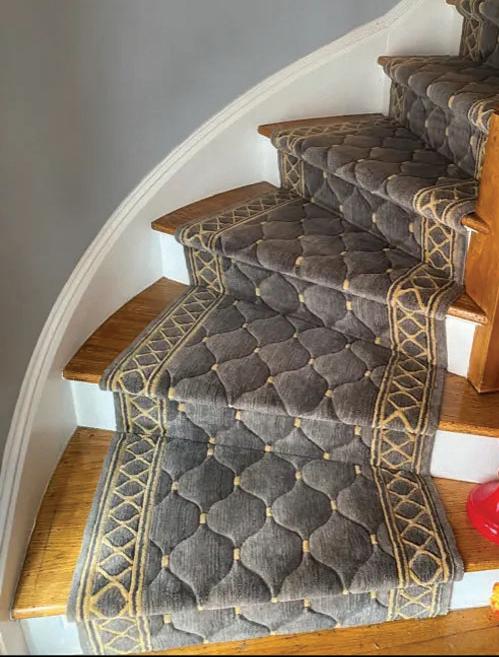




With the frequency of natural disasters on the rise, it’s a good idea to think about the components of your house and whether they are built to withstand wicked weather.
Fortunately, manufacturers are stepping up to the plate to create home building products that are stronger and more reliable in the face of hurricanes, wildfires and other disasters. Here’s how you can take advantage of these innovations:
If you’re building a home or re-roofing your current property, be sure to talk to your contractor about what roofing products they are using, and ask about innovative steel products best-suited for your region. Whether you live in a hurricaneprone coastal community or in the path of wildfires, steel roofing can offer additional protection for your home. Steel roofs are non-combustible, have wind-resistant components and can help mitigate the risk of fire damage from chimneys, fire pits or wildfires.
In particular, U. S. Steel’s COASTALUME steel is engineered and warranted for coastal environments to
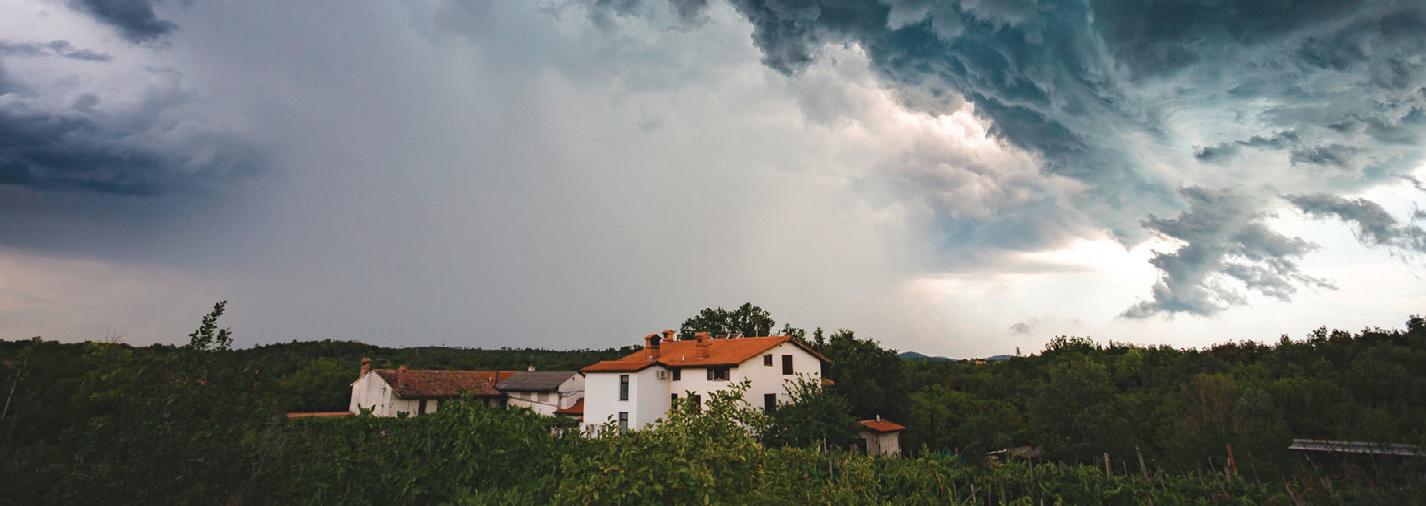
bring an enhanced level of performance and protection against high concentrations of ultraviolet rays, excessive heat and rainfall, sea salt spray and hurricaneforce winds. COASTALUME combines Tedlar PVF film, which offers improved flexibility and impact resistance with licensed GALVALUME steel, which provides excellent long-term durability, strength and corrosion resistance to protect a building’s roof and walls for decades. To learn more, visit ussteel.com. Strong windows For optimal protection, you’ll want to ensure that your windows exceed your
state and county’s strictest codes and requirements and are made from materials that will not only make a big difference during weather events, but also improve your everyday comfort and safety. For example, hurricane-impact windows that can withstand high-speed impacts typically offer more soundproofing than standard windows, dimming the roar of your neighbor’s early morning lawnmowing. They also make forced entry more difficult, providing an additional layer of security. And for those in wildfire prone areas, dual pane tempered glass windows provide protection against flames and embers while offer-
ing enhanced insulation, a great benefit in extreme temperatures. During key times of year, install storm shutters or fire-rated shutters as an additional safety barrier.
Just as your house’s exterior can benefit from the right materials, so too can your interiors. If you live in a coastal or other flood-prone area, traditional hardwood flooring is probably not the right choice for your ground floor or basement, as it can be prone to mildew, mold and warping. Instead, opt for newer flooring material options, such as vinyl meant to mimic the look and feel of real hardwood or engineered hardwood, made of composite materials with a thin, treated hardwood layer. Likewise, fire-resistant flooring can reduce the spread of flames through your home when every second counts. Thanks to the array of beautiful design options that are available today, popular fire-resistant choices include stone and concrete.
By relying on the latest engineering innovations, you can help safeguard your property from top to bottom.
— StatePoint

























Planning to update your home siding this year? If you’re like many Americans, you’ll likely stick to neutral hues.
In the third annual national survey recently conducted by The Harris Poll on behalf of Alside, a leader in exterior building products, American homeowners reaffirmed off-white/cream as the most popular siding color (18%) if they were going to update the color of their home exterior in 2025 – extending its reign for three consecutive years. Understated elegance continues to dominate the market, with 42% of American homeowners saying they would go for a timeless, neutral look if choosing an exterior home color in 2025.
“The persistent preference for neutral and classic aesthetics like off-white and cream speaks to the palette’s versatility and its ability to enhance curb appeal without overpowering the overall design of a home,” said Ryan Gibson, business director, Vinyl & Composite Cladding. “These hues are less likely to become outdated or decrease your home’s resale value, making them a smart choice no matter which part of the United States you

live in. They also provide a solid foundation for designing a home that allows for a more personal touch, giving accent colors and features space to make a statement.”
Conversely, bold colors are the least likely to be chosen by homeowners. In


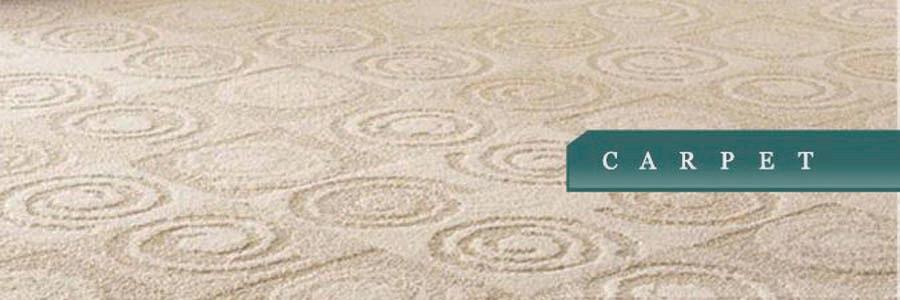




fact, 33% of American homeowners say one of the colors they would most likely avoid if updating their home exterior in 2025 is red.
“There is certainly a place for bolder colors. They are often used more prominently in certain architectural styles and can add a vibrant, eye-catching element when used thoughtfully. The key is to balance it with neutral tones and consider the overall style of the home and neighborhood,” added Gibson.
After off-white/cream, white (16%), light brown (13%), light gray (11%) and medium blue (8%) rounded out the top five color choices among American homeowners, if they were going to update the color of their home exterior in 2025.
Color choice doesn’t stop at siding though. When adding complementary colors to accent home exteriors, about 62% of American homeowners typically match the trim with their siding color. Other answers include:
Shutters (43%)

Porches and decks (38%)
Roofing (32%)
When asked how they would choose the exterior color, homeowners cite several key factors. In addition to going for a timeless, neutral look (42%), top answers include:
Cost (36%)
Availability (25%)
Their spouse or significant other will pick (22%)
Based on something they saw in a magazine/home improvement show (20%)
Meets HOA/local guidelines (20%)
Among homeowners, women are more likely than men to say they would go for the timeless, neutral look (48% vs. 37%) or would choose based on something they saw in a magazine/home improvement show (24% vs. 16%). Meanwhile, men are more likely than women to say their spouse or significant other will pick (28% vs. 16%).
Breakdown of siding material preference
American homeowners are likely incorporating the trend of embracing warm neutrals into their specific siding material choices. Stone (25%) was the leading material preference they would choose when planning to purchase new siding. Mixed materials were a close second, with 22% of homeowners saying they would choose to mix stone, stucco or siding, perhaps for a balanced home exterior aesthetic. Vinyl (14%), vertical board and batten composite cladding (12%) and engineered wood (12%) rounded out the rest of the top five material choices. For more home exterior inspiration and trends, visit alside.com.
If your 2025 plans include home exterior updates, consider how your selections will impact your home’s long-term curb appeal and value.



Steel is increasingly becoming the goto material used for residential roofing.
According to industry experts, this is because steel offers both a range of design advantages, as well as features that align with sustainable living. Here are some of steel roofing’s biggest benefits and why you should consider it for your home:
Durability: Steel roofing is highly durable and can last for 50 years or more with proper maintenance. This longevity means that fewer roofing materials end up in landfills over time compared to shorterlived roofing materials like asphalt shingles, which typically need replacement every 20-30 years.
Safety: Overall, steel roofing offers enhanced safety benefits due to its fireresistance, wind-resistance, structural integrity, durability, resistance to pests and mold, and low-maintenance requirements.
Recyclability: Steel has been recycled for over 100 years and is one of the most recyclable materials in the world. As a forerunner of the circular economy, it can be recycled infinitely into new steel products without losing its quality or durabili-

ty. This reduces the amount of waste generated by roofing projects and conserves natural resources.
Energy Efficiency: Alongside such technological innovations as solar panels and energy-efficient HVAC systems, steel roofing is becoming integral to residential design, particularly for those looking to reduce their carbon footprint. This is because steel roofing reflects solar radiant heat, reducing cooling costs during hot weather. Many steel roofing products are also coated with reflective finishes that further enhance energy efficiency by reducing heat absorption.
Versatility: Steel roofing comes in a

variety of styles, colors and profiles, allowing you to achieve the desired aesthetic for your home. Whether you prefer a traditional look or a modern design, steel roofing can accommodate a wide range of architectural preferences, enhancing the curb appeal and value of the property.
Long-Term Cost Savings: Although the initial investment in steel roofing may be higher than some other roofing materials, its long lifespan and low maintenance requirements make it a cost-effective choice in the long run.
Adaptive and Resilient Design: Amidst the challenges posed by climate change
and other environmental factors, responsible home design emphasizes resilience and adaptability. This entails using durable materials such as steel, which can withstand extreme weather events. By embracing innovative approaches from the outset, your home can be fortified to withstand future uncertainties while helping ensure your safety and comfort.
Social Responsibility: As a durable and versatile material, steel plays a vital role in home construction that withstands the test of time while remaining affordable and accessible. Integrating steel into the design process can contribute to the wellbeing and prosperity of both individuals and communities, ensuring that the future of housing is socially inclusive and responsible.
To learn more about how steel can benefit your home, visit https://www.ussteel. com/hgtv-smart-home.
Whether you’re building a home from scratch or you’re renovating your existing property, using durable, sustainable materials like steel from U. S. Steel can protect your wallet and the planet. — StatePoint





